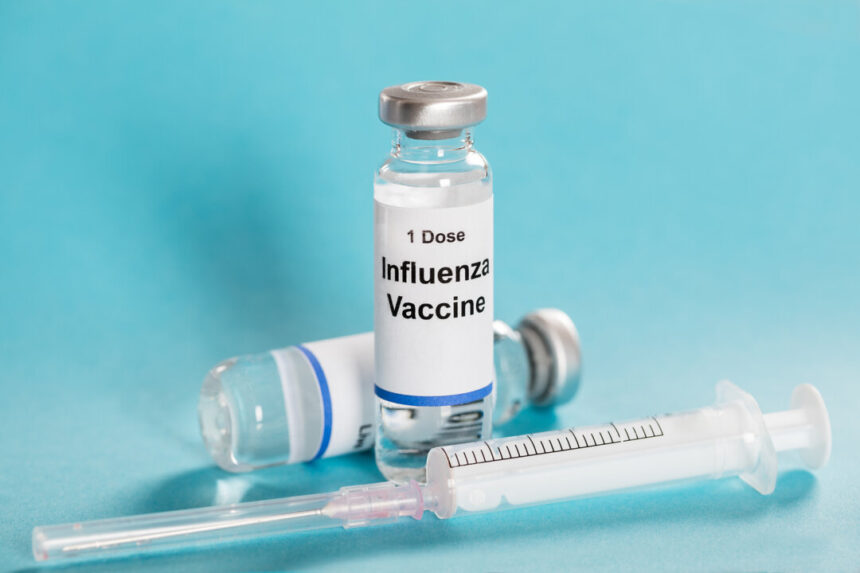Due to concerns about the H5N1 avian virus, which has been shown to spread to humans, the U.S. Food and Drug Administration (FDA) has proposed a new approach to pandemic vaccines.
Under the current plan, vaccines would be developed before a pandemic to target specific high-risk viruses.
These vaccines can be released if a pandemic occurs, assuming they are safe because they follow established manufacturing processes. New seasonal influenza vaccines have an established manufacturing process of being produced in eggs or in cell lines.
These vaccines would not need to undergo a clinical trial as they would be made to the same standard as seasonal influenza vaccines, and there is an assumed history of efficacy and safety for these vaccines for seasonal influenza, according to the FDA.
The new plan suggests that these vaccines should not only be used during a pandemic but also regularly updated.
Should an H5N1 pandemic break out, H5N1 vaccines would be made the same way as current seasonal influenza vaccines and updated accordingly. The new process would also allow the vaccines to be updated during the pandemic, depending on the circulating virus.
Todd Davis, acting chief of the Centers for Disease Control and Prevention’s (CDC) Virology, Surveillance, and Diagnosis Branch for virology surveillance, confirmed at the meeting that there is currently no evidence that the H5N1 avian virus has gained DNA mutations to cause infections in humans, though 16 cases have been reported in humans.
“We have not seen any mutations that would reduce susceptibility to antiviral drugs,” Davis added.
Christine Oshansky, director of the pandemic vaccine and adjuvant program at the Biomedical Advanced Research and Development Authority (BARDA), announced that the National Pre-pandemic Influenza Vaccine Stockpile currently has partnerships with three pharmaceutical companies that would be able to make traditional egg-based and cell-based influenza vaccines should a pandemic occur.
“mRNA-based vaccines are not a part of the current preparedness activities,” Oshansky said, though there are plans for future potential responses.
Oshansky said that there has been work to produce vaccines to target H5 viruses since 2022 when the new H5 variant was found in wild birds and poultry in the United States.
There are currently three phase 2 clinical trials underway to test three different H5-type vaccines.
The first two clinical trials sponsored by GSK and CSL Seqirus have finished enrollment, while the third trial, sponsored by BARDA to test a new type of vaccine composition, is still recruiting participants.
None of the vaccines test the current circulating H5N1 virus of concern, since the current avian flu was not circulating at the time of the trial.
Phase 3 trials, which will test the efficacy and safety of these influenza vaccines, will start next year, Oshansky said.
Can you please rewrite this sentence for me?
Source link







